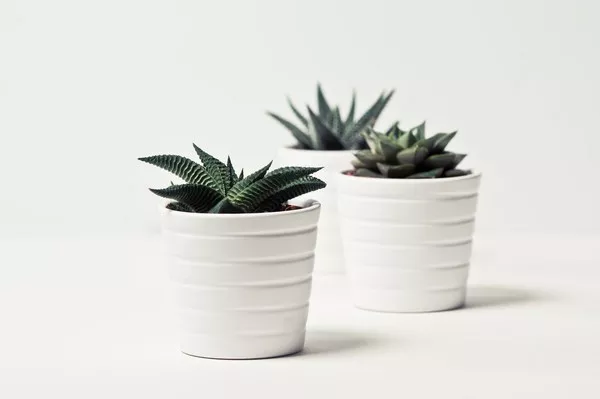Succulents have gained immense popularity for their resilience and unique aesthetics. However, even these hardy plants are not immune to pests and bugs that can threaten their health. In this comprehensive guide, we will explore effective methods for identifying, preventing, and treating bugs on succulents, ensuring your prized plants remain vibrant and thriving.
Understanding the Culprits: Common Bugs Affecting Succulents
Succulents, with their fleshy leaves and compact structures, can attract various pests. One of the most common invaders is aphids, tiny insects that feed on succulent sap. Mealybugs, scale insects, and spider mites are other culprits known to infest succulents, causing damage to their structure and impeding their growth.
Identifying the Signs of Infestation on Succulents
Early detection of bug infestations is crucial for effective treatment. Succulent enthusiasts should be vigilant in observing signs such as distorted or discolored leaves, sticky residue, and the presence of tiny webs or specks. Regularly inspecting the undersides of leaves and the plant’s overall health can help catch infestations in their early stages.
Natural Remedies for Succulent Bug Control
Fortunately, there are several natural remedies that can help control bug infestations on succulents without resorting to harsh chemicals. Neem oil, derived from the neem tree, is a potent insecticide that disrupts the feeding and reproductive cycles of pests. Additionally, introducing beneficial insects like ladybugs can provide an organic and sustainable solution to succulent pest control.
Cultural Practices for Preventing Succulent Bug Infestations
Prevention is often the most effective approach to succulent bug management. Adopting proper cultural practices can create an inhospitable environment for pests. Overwatering is a common mistake that succulent owners make, as it creates conditions conducive to the growth of pests. Implementing well-draining soil, maintaining proper spacing between plants, and regularly cleaning and sterilizing gardening tools can significantly reduce the risk of bug infestations.
See Also: How to succulents grow: A How-To Guide
Effective Chemical Treatments for Succulent Bug Control
In cases of severe infestations, chemical treatments may be necessary to save your succulents. However, it is crucial to choose products that are safe for succulents and follow application guidelines diligently. Insecticidal soaps, systemic insecticides, and horticultural oils are some options to consider. Always read and adhere to the instructions provided by the manufacturer to avoid harming your succulents.
Quarantine Measures for Infested Succulents
Isolating infested succulents is a critical step in preventing the spread of bugs to healthy plants. Quarantine newly acquired succulents before introducing them to your collection, closely monitoring them for signs of infestation. This precautionary measure can save your entire succulent garden from being affected by pests introduced unknowingly.
Pruning and Removing Affected Parts
When bugs have taken hold of your succulents, strategic pruning can help mitigate the damage. Removing affected leaves, stems, or entire plants can prevent the pests from spreading and give your succulents a chance to recover. Remember to use sanitized pruning tools to prevent the introduction of additional pathogens during the process.
Systematic Monitoring and Regular Maintenance
Successful succulent bug control requires ongoing vigilance and maintenance. Establish a routine for systematic monitoring of your succulent collection, checking for early signs of infestation. Regularly clean and inspect your plant containers, as bugs can hide in soil and debris. By staying proactive, you can address potential issues before they escalate.
Seeking Professional Help for Stubborn Infestations
If your succulents continue to face persistent bug issues despite your best efforts, seeking professional help may be necessary. Consult with a local horticulturist, plant specialist, or entomologist who can provide expert advice tailored to your specific succulent varieties and local conditions.
Conclusion
Succulents are beautiful and resilient plants, but they are not immune to bug infestations. To ensure the health and longevity of your succulent collection, it’s essential to be proactive in bug identification, prevention, and treatment. By incorporating natural remedies, cultural practices, and strategic monitoring into your routine, you can create a thriving environment for your succulents, free from the threat of pests. Remember, a little care and attention go a long way in preserving the beauty of these fascinating plants.


